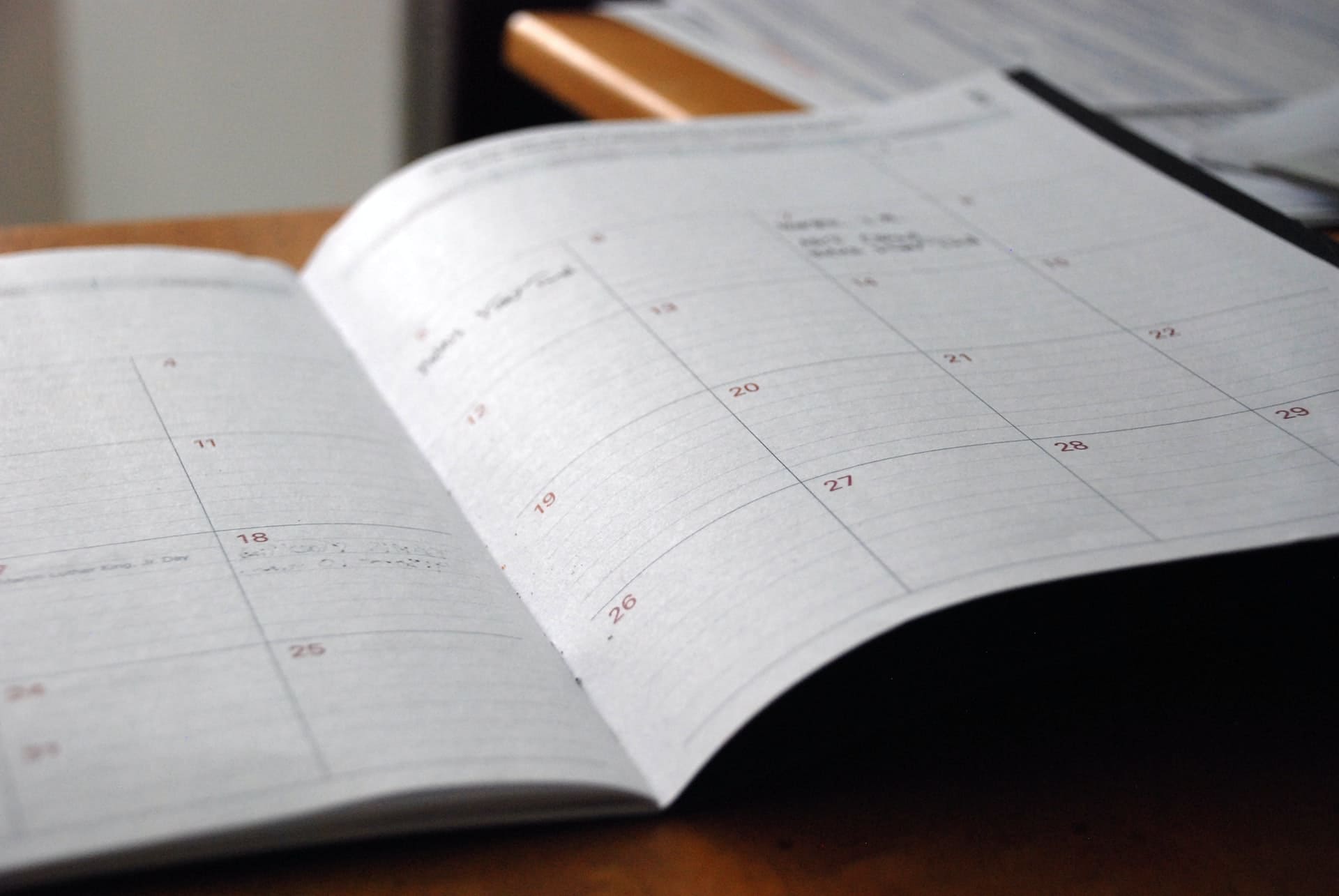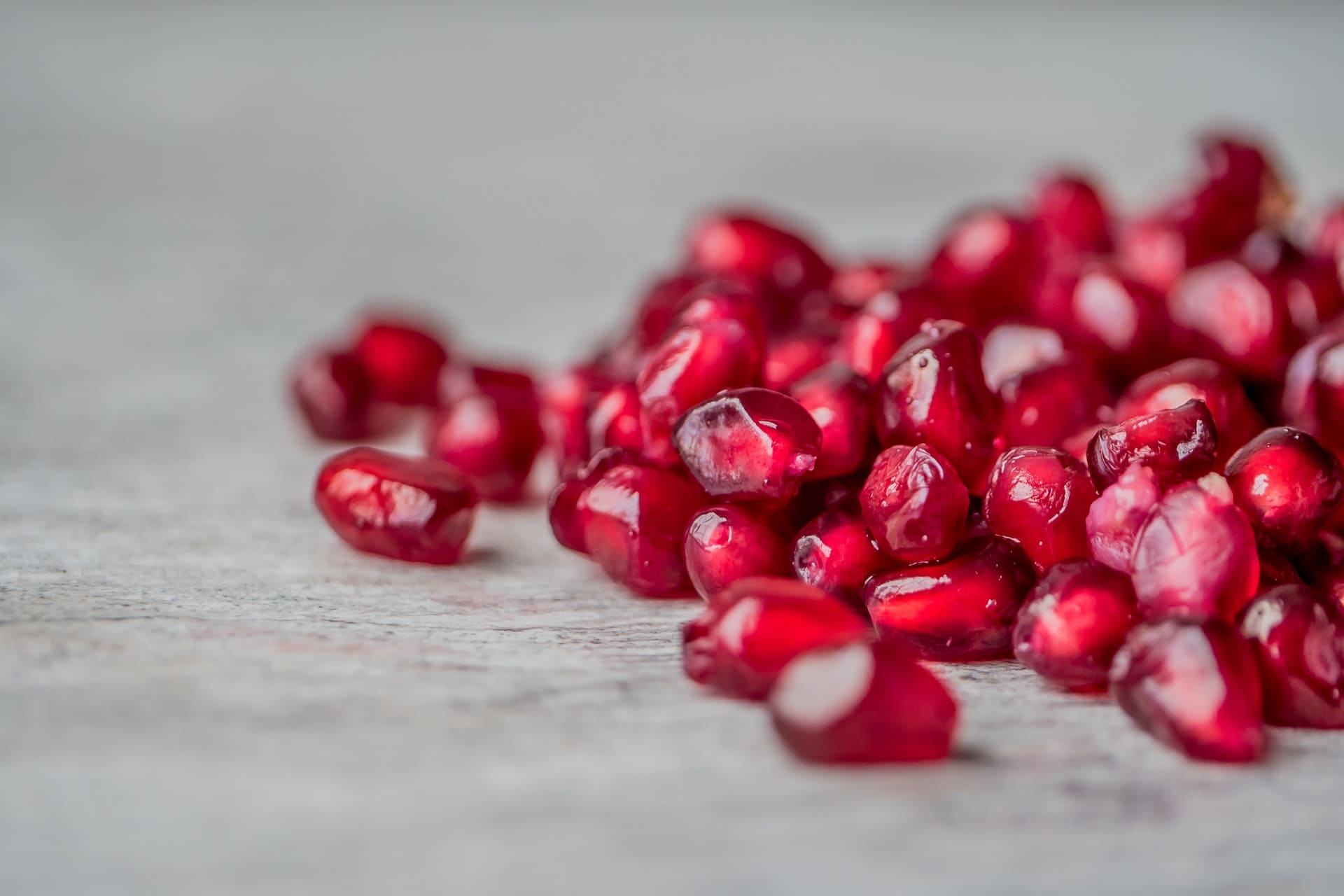
Kinh nguyệt ra nhiều và vón cục có nguy hiểm không? 5 tình trạng thường gặp
Share
“Thưa bác sĩ, máu kinh của tôi ra nhiều và vón cục rất to, có nguy hiểm không ạ?” "Tôi thường bị đau bụng khi bắt đầu hành kinh, sau đó ra cục máu đông lớn thì hết đau. Đây có phải là bệnh không?"
Phụ nữ thời nay nếu muốn chăm sóc sức khỏe của bản thân, điều quan trọng nhất là quan sát và ghi lại kinh nguyệt hàng tháng của mình. Khi khám sức khỏe định kỳ hàng năm, bác sĩ sẽ hỏi về kinh nguyệt của bạn, từ chu kỳ cho đến số ngày, nó là một chỉ số phản ánh sức khỏe của bạn.
Y học cổ truyền rất coi trọng phụ khoa, trong bốn hạng mục “kinh/đái/thai/sản” sẽ quan tâm rất chi tiết về kinh nguyệt của phụ nữ. Ngoài việc ghi lại chu kỳ và số ngày của mỗi kỳ kinh nguyệt, bạn cũng sẽ được hỏi về lượng máu kinh, độ đậm màu, có vón cục không và có cảm giác khó chịu bao gồm tay chân lạnh, đau bụng kinh, phù nề, tiêu chảy, đổ mồ hôi hay không?,… đều là những vấn đề có thể xảy ra đối với phụ nữ trong thời kỳ kinh nguyệt.

Kinh nguyệt đột nhiên vón cục có nên đi khám bác sĩ không?
Trong số đó, kinh nguyệt vón cục thường là nỗi lo của hầu hết phụ nữ. Thông thường, kinh nguyệt có màu đỏ tươi hoặc đỏ sẫm, khi chảy ra sẽ được băng vệ sinh thấm hút, nhưng máu đông sẽ đọng lại trên băng vệ sinh, điều này không chỉ khiến chúng ta cảm thấy nhớp nháp khó chịu mà khi máu đông chuyển sang màu đỏ sẫm hoặc màu gan heo sẽ gây cảm giác ghê rợn! Vậy tại sao kinh nguyệt đột nhiên lại vón cục? Cần phải làm gì để giảm bớt hiện tượng đó? Trong trường hợp nào cần được chăm sóc y tế?
Đôi khi kinh nguyệt của phụ nữ sẽ xuất hiện hiện tượng vón cục, nếu thỉnh thoảng mới xảy ra thì không cần lo lắng vì đó là chức năng đông máu bình thường của tiểu cầu. Cũng giống như mép trong của khoang mũi sau khi chảy máu mũi, mép trong của hốc mũi sẽ thấy có một số cục máu nhỏ li ti, không gian trong tử cung rộng hơn rất nhiều, đương nhiên sẽ có nhiều cục máu đông hơn. Tuy nhiên, nếu mỗi lần hành kinh mà ra nhiều cục máu đông, kéo dài vài tháng thì nên đến bác sĩ phụ khoa để khám, vì có thể do u xơ tử cung gây ra máu kinh nhiều, máu kinh vón cục.
Kinh nguyệt vón cục quá nhiều phải làm sao?
Kinh nguyệt ra nhiều cục máu đông có thể là dấu hiệu của u xơ tử cung.
Trong thời kỳ kinh nguyệt, khoang tử cung sẽ tiết ra chất “antithrombin” để trộn lẫn với máu kinh, do đó máu kinh sẽ không đông lại và có thể đào thải ra ngoài một cách thuận lợi. Tuy nhiên, khi lượng máu kinh quá lớn và “antithrombin” không đủ sử dụng, một phần máu kinh có thể đông lại vón thành cục và thải ra ngoài cơ thể.
 Trong trường hợp thỉnh thoảng bạn mới có hiện tượng kinh nguyệt vón cục, hoặc máu kinh sẫm màu, có thể chỉ là do tử cung co bóp kém, nội mạc tử cung bong ra chậm, máu kinh đã vón cục trước khi đẩy ra ngoài. Mặc dù điều này sẽ không ảnh hưởng đến cơ thể, nhưng bạn vẫn cần chú ý. Nếu lượng kinh vón cục nhiều và kèm theo đau bụng kinh thì rất có thể là u xơ, polyp tử cung hoặc cũng có thể là hội chứng buồng trứng đa nang do rối loạn hormone trong cơ thể.
Trong trường hợp thỉnh thoảng bạn mới có hiện tượng kinh nguyệt vón cục, hoặc máu kinh sẫm màu, có thể chỉ là do tử cung co bóp kém, nội mạc tử cung bong ra chậm, máu kinh đã vón cục trước khi đẩy ra ngoài. Mặc dù điều này sẽ không ảnh hưởng đến cơ thể, nhưng bạn vẫn cần chú ý. Nếu lượng kinh vón cục nhiều và kèm theo đau bụng kinh thì rất có thể là u xơ, polyp tử cung hoặc cũng có thể là hội chứng buồng trứng đa nang do rối loạn hormone trong cơ thể.
5 tình trạng kinh nguyệt thường gặp
Tình trạng 1: kinh nguyệt màu đỏ tươi
Kinh nguyệt màu đỏ tươi có nghĩa là mới bắt đầu hành kinh, niêm mạc tử cung bong ra một cách nhanh chóng, sau khi hết kì kinh nguyệt thì tử cung sẽ sạch sẽ hơn.
Tình trạng 2: kinh nguyệt màu đỏ sẫm
Máu có màu đỏ sẫm hoặc nâu sẫm nghĩa là sắp hết kì kinh nguyệt. Nếu kì kinh nguyệt khá đúng ngày chứng tỏ bạn khỏe mạnh, còn nếu kinh nguyệt có màu sẫm, lượng ra nhiều và hơi dính thì có thể là do estrogen trong cơ thể hơi cao.
Tình trạng 3: Lượng kinh nguyệt nhiều
Nếu lượng kinh nguyệt nhiều đột ngột và chảy máu kéo dài hơn một tuần, có thể do u xơ tử cung hoặc polyp tử cung. Thông thường polyp tử cung không cần điều trị nhưng u xơ tử cung có thể phải điều trị bằng thuốc. Ngoài ra, nếu bạn sử dụng dụng cụ tránh thai có chứa đồng cũng sẽ làm tăng lượng kinh nguyệt. Trong mọi trường hợp cần thiết, vui lòng tham khảo ý kiến bác sĩ trước khi quyết định cách điều trị.
Tình trạng 4: Kinh nguyệt vón cục
Khi xuất hiện kinh nguyệt vón cục màu đỏ sẫm, ít hơn 1/4 lượng kinh nguyệt nghĩa là tử cung đang đào thải chất bẩn ra ngoài, đó là hiện tượng bình thường. Nếu bạn ngồi quá lâu không vận động, khi đứng dậy kinh nguyệt rất dễ vón cục. Tuy nhiên, nếu kinh nguyệt vón cục nhiều và kèm theo đau bụng kinh thì cần lưu ý, đó có thể là u xơ, polyp tử cung hoặc cũng có thể là hội chứng buồng trứng đa nang do rối loạn hormone trong cơ thể.
Tình trạng 5: Kinh nguyệt vón cục màu đen
Nếu kinh nguyệt vón cục trên băng vệ sinh có màu đen , bạn nên chú ý đó là thời điểm nào? Vì kinh nguyệt chứa nhiều chất sắt, nếu tiếp xúc lâu với không khí sẽ bị oxy hóa dần khiến màu xỉn đi, thậm chí có khi chuyển sang màu đen, nên nếu bạn không thay băng vệ sinh thường xuyên, ví dụ hơn hai giờ, bạn sẽ thấy "sắt bị oxy hóa" và kinh nguyệt sẽ xuất hiện màu đen. Vì vậy, nếu bạn thay băng vệ sinh thường xuyên, bạn sẽ không gặp phải vấn đề này.
 Kinh nguyệt vón cục hay kinh nguyệt ra nhiều, ngoài ẩn chứa những mối lo ngại về sức khỏe, nó còn gây ra rất nhiều phiền toái cho cuộc sống của phụ nữ chúng ta. Đến ngày đèn đỏ, không những phải tìm nhà vệ sinh để thay băng vệ sinh thường xuyên, nếu không cẩn thận, để lâu sẽ bị rò rỉ ra ngoài, có thể còn xuất hiện hiện tượng vón cục, rất dễ chóng mặt và mệt mỏi. Y học cổ truyền ngoài việc tìm ra nguyên nhân và điều trị tận gốc cho những người bị ra nhiều máu cục còn phải tăng cường lưu thông khí huyết, loại bỏ huyết ứ để máu kinh ra ngoài thuận lợi hơn. Nhiều phụ nữ có cơ địa “thiếu khí”, “gan khí trệ” và “khí trệ huyết ứ” có thể không nhất định mắc u xơ tử cung hoặc polyp tử cung, nhưng lượng kinh nguyệt vón cục nhiều, tất cả đều có thể điều trị bằng thuốc đông y.
Kinh nguyệt vón cục hay kinh nguyệt ra nhiều, ngoài ẩn chứa những mối lo ngại về sức khỏe, nó còn gây ra rất nhiều phiền toái cho cuộc sống của phụ nữ chúng ta. Đến ngày đèn đỏ, không những phải tìm nhà vệ sinh để thay băng vệ sinh thường xuyên, nếu không cẩn thận, để lâu sẽ bị rò rỉ ra ngoài, có thể còn xuất hiện hiện tượng vón cục, rất dễ chóng mặt và mệt mỏi. Y học cổ truyền ngoài việc tìm ra nguyên nhân và điều trị tận gốc cho những người bị ra nhiều máu cục còn phải tăng cường lưu thông khí huyết, loại bỏ huyết ứ để máu kinh ra ngoài thuận lợi hơn. Nhiều phụ nữ có cơ địa “thiếu khí”, “gan khí trệ” và “khí trệ huyết ứ” có thể không nhất định mắc u xơ tử cung hoặc polyp tử cung, nhưng lượng kinh nguyệt vón cục nhiều, tất cả đều có thể điều trị bằng thuốc đông y.
Cho dù là vấn đề về cơ địa hay kinh nguyệt vón cục do u xơ tử cung, polyp tử cung, lạc nội mạc tử cung hoặc đông máu bất thường, ngoài việc được điều trị y tế thì chế độ ăn uống và tập thể dục phù hợp giữ vai trò cực kì quan trọng. Cách sinh hoạt khoẻ mạnh sẽ giúp lưu thông khí huyết, giúp nội tiết tố trong cơ thể ổn định, tình trạng máu kinh vón cục sẽ giảm đi, thậm chí là biến mất. Cơ thể chúng ta là do cha mẹ ban tặng, nhưng sức khỏe có được là do tự bản thân chăm sóc, kinh nguyệt sẽ đến đều đặn hàng tháng, bởi vậy phụ nữ chúng ta nên tự chăm sóc bản thân thật tốt, khí sắc tự nhiên cũng sẽ trở nên rạng rỡ hơn!

Thông tin tác giả: Bác sĩ Hiện đại Đỗ Thừa Vân(杜丞蕓)- Bác sĩ y học cổ truyền được cấp phép của Mỹ
Bằng thạc sĩ của Đại học Quốc gia Đài Loan/Hoa Kỳ, tác giả của các cuốn sách về sức khỏe như <Chỉ dành cho phụ nữ>, <Vẻ đẹp mọi thời đại> và <Dinh dưỡng trẻ hoá>. Bác sĩ Đỗ có chuyên môn về phụ khoa, nội khoa và nhi khoa, thông thạo y học tự nhiên, liệu pháp điều trị cơ thể và tinh thần từ nhiều quốc gia khác nhau, đồng thời diễn giải y học Trung Quốc/chế độ ăn uống thuốc/liệu pháp ăn kiêng/kinh mạch/yoga từ góc độ hiện đại. Hy vọng rằng phụ nữ có thể sử dụng các phương pháp chăm sóc tự nhiên và không độc hại nhất để làm cho mình xinh đẹp và trẻ trung hơn.
